The unconventional ending to Shōgun has left a lot of fans baffled, but only because this historical epic, in a way we’re not quite used to in today’s entertainment landscape, gradually refined the art of subtle storytelling until the season finale brought it to a satisfying climax.
I say what we’re “used to” because Shōgun is not the first of its kind, and nor even the first adaptation of James Clavell’s novel. With these historical dramas, the idea is to capitalize on the political intrigue and use action to fuel audience anticipation and hype.
The show itself certainly gave us enough reason to believe that Lord Toranaga and his perceived enemies were heading towards an inevitable clash. All that talk of “Crimson Sky” and saving the Taiko’s heir from ambitious men, and what we got in the season finale was just a calculated execution of Toranaga’s plans — plans that may have stretched over months, and possibly years.
The Toranaga this show unveiled in its season finale is a far cry from the noble warlord we were led to believe in originally. If anything, Toranaga is not even a warlord. He was never going to fight Ishido and his cronies, because he didn’t need to fight them. Toranaga was a deft political schemer, a Machiavelli of the East, who used his wits and vassals to the full extent of their usefulness to achieve his vision: That of setting up the greatest Shōgunate Japan has ever seen.
Shōgun is not the story of a single man. It’s not about the pilot John Blackthorne, or Toranaga-sama, this honorable chieftain whose mere presence sparks loyalty. Shōgun is the founding of a new era in Japan’s rich history, and the way it is handled within the context of a television show’s narrative is brilliantly reminiscent of Bushido (Samurai’s “Way of the Warrior” code) itself. Because as we’ve come to know, the Japanese are nothing if not subtle.
The man at the top dances to the very rhythm of the wind
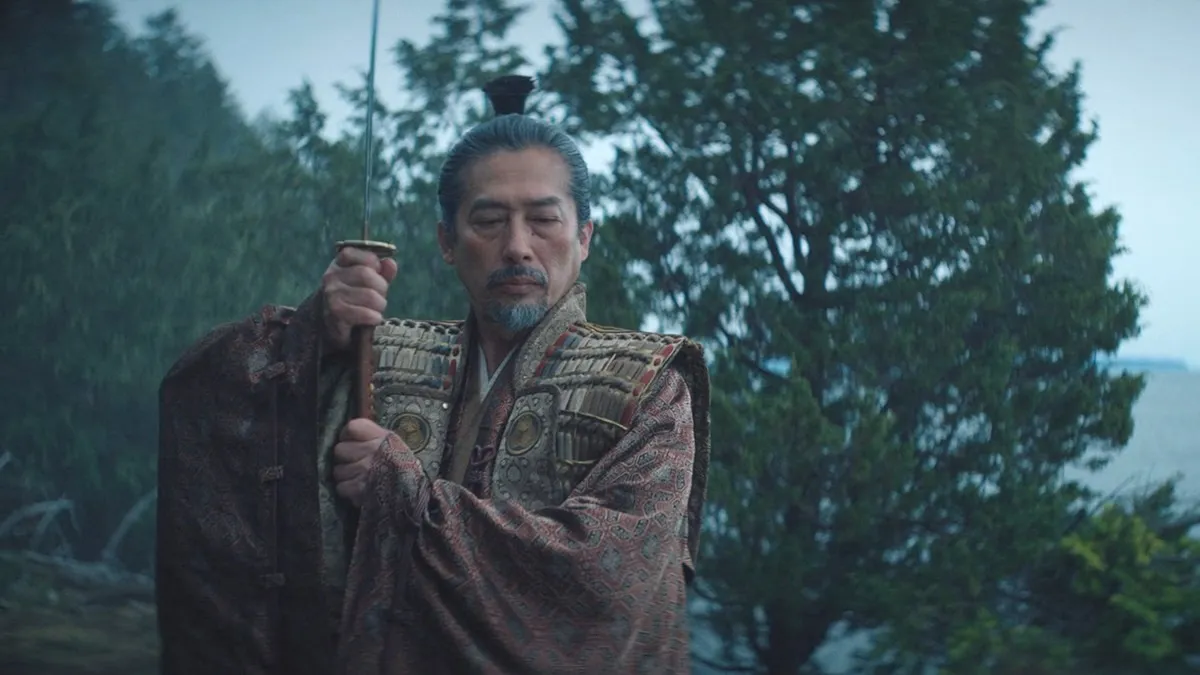
Shōgun has been praised for its near-perfect faithfulness to Japan’s culture. The traditions we see played out in each episode are historically accurate, and even the Japanese the cast speaks is a version of the language spoken in the Edo period, and not the one you hear today.
At the same time, Shōgun prides itself in painting a very vivid image of both Bushido and Shinto, which inform the prominent religious and cultural tenets of the Japanese. That isn’t unconventional in and of itself, as many movies and television shows have been intrigued by the notion and tried to portray it to one extent or another in the cinematic medium, but what I find incredibly fascinating about Shōgun in particular is the show’s ability to weave the very essence of Shinto into the plot itself.
For the Shōgun writers’ room, things like Confucian ethics, codes of honor and responsibility, and even starkly brutal concepts like seppuku (ritualistic suicide) aren’t just elements that make up the plot or clutter the show’s runtime. As the show builds towards its finale, these ideas take on a life of their own as archetypes, and overwhelming the plot, they then determine how the story itself is going to play out, unbound by the medium rulebook or the expectations of an unsuspecting audience.
Granted, even James Clavell’s novel ends in a similar manner and only alludes to the era-defining Battle of Sekigahara in an epilogue, but a 1-1 adaptation would not have worked here.
Let’s look at our main characters as exmaples. Shōgun initially portrays John Blackthorne as a vicious scoundrel hell-bent on defeating his Catholic enemies, and Toranaga-sama as an honorable daimyō looking out for the realm’s best interests. By the show’s finale, we learn that Blackthorne is actually a man of conscience, while Toranaga is a ruthless manipulator with no compunctions about who he ends up sacrificing to reach his goal. Even Lord Yabushige, originally coming off as a callous murderer, is no worse a man than Toranaga. He simply isn’t possessing of the same brainpower.
Outwitted and outmatched, the feudal lords of Japan now have to bend the knee to a new Shōgun, with near-limitless power to back up his rule. Shōgun ends with Blackthorne looking up at his liege lord, forsaking any dream of ever leaving Japan, and realizing, just at that moment, the true extent of Toranaga’s keen intellect. The camera then cuts to a medium shot of Toranaga, depicting the warlord (and soon-to-be Shōgun) as he once again reflects on his decisions and tries to “study the wind,” as he told Yabushige. And who can tell what he will come up with next?
Nuanced storytelling should be adopted as the new norm
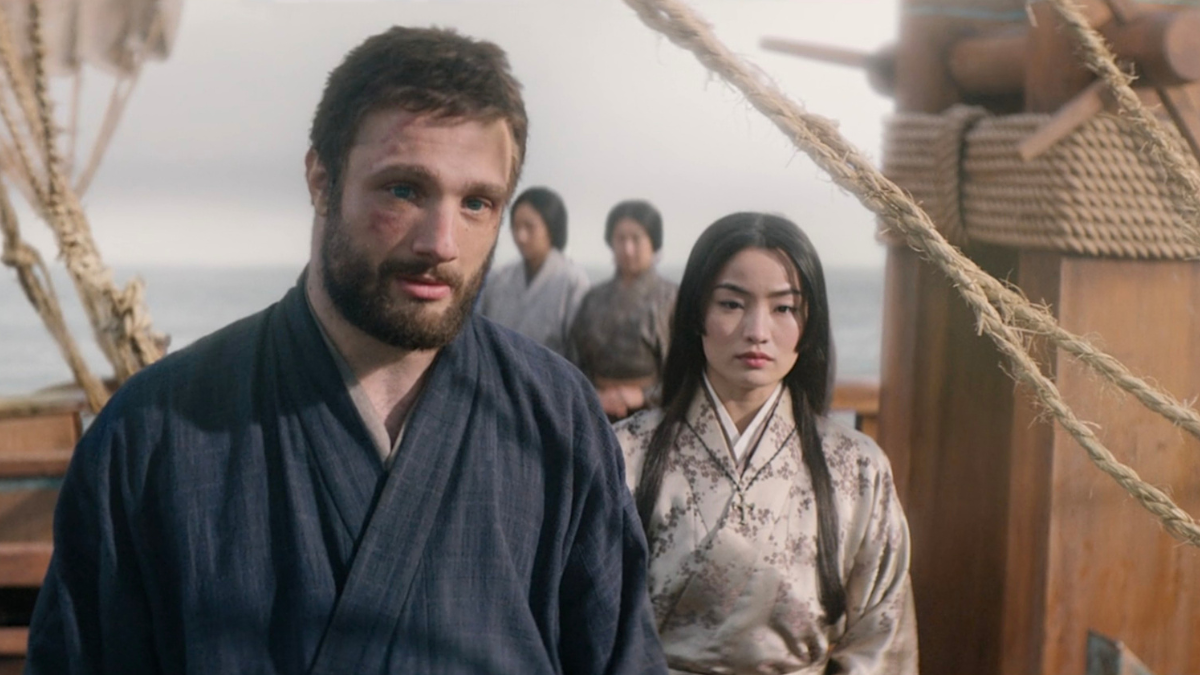
Nuanced narrative design goes in the face of transparent storytelling. In one form, you expect the audience to pick up on clues and learn to read the subtle distinctions in the way you set up the mise-en-scène. That could be anything from where characters meet, how their facial expressions change by the moment, and what little dialogue they speak to each other. (A feature further bolstered in Shōgun thanks to the language barrier between Blackthorne and the rest of the characters.)
In the second form, the predominant form of today, every emotion and every little detail or change is spoken out loud, leaving nothing to the audience’s imagination. The second form is overt, more a literary expression than anything cinema could account for, and leaves little room for interpretation.
Now we might ask: What was Shōgun really all about? Well, we know that the series has gained a lot of acclaim and notoriety over the past couple of weeks, but if you were to seriously ask people what made them fall in love with this period drama that came, quite literally, out of nowhere, you might get a plethora of answers, each dissimilar in its own unique way. For some, it may be the historically-accurate sets and accents and clothing. For others, it might be the extremely believable characters. For many, it’s the high-quality, no-nonsense period drama that the medium was lacking in recent years.
Whatever the answer may be, Shōgun is a showcase of nuance in storytelling, which is also what lends it incredible flexibility of interpretation. I’ve seen a lot of commentary on how “they don’t make shows like this anymore,” and our frenzied age of content compels me to agree with that sentiment, but the point of this interlude is ultimately to say that if more shows want to be as successful as Shōgun, then it’s not in the genre or time period or the depiction of one specific culture that they will find deliverance, but through this underappreciated, daring, and often neglected form of storytelling.

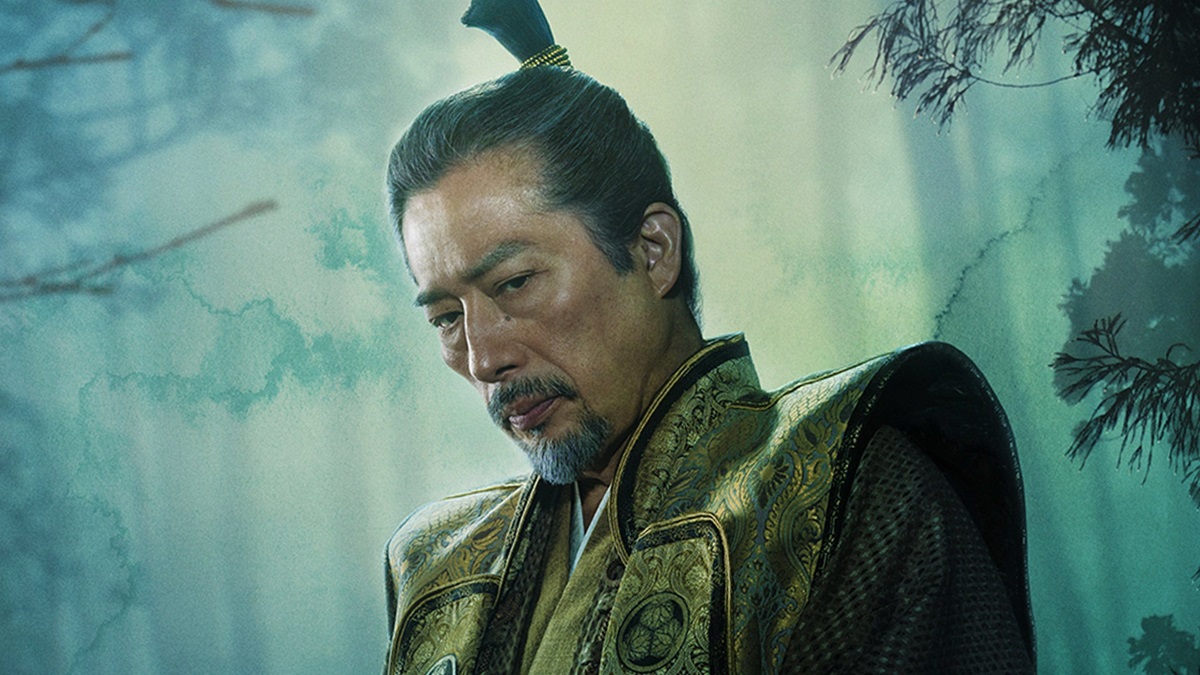

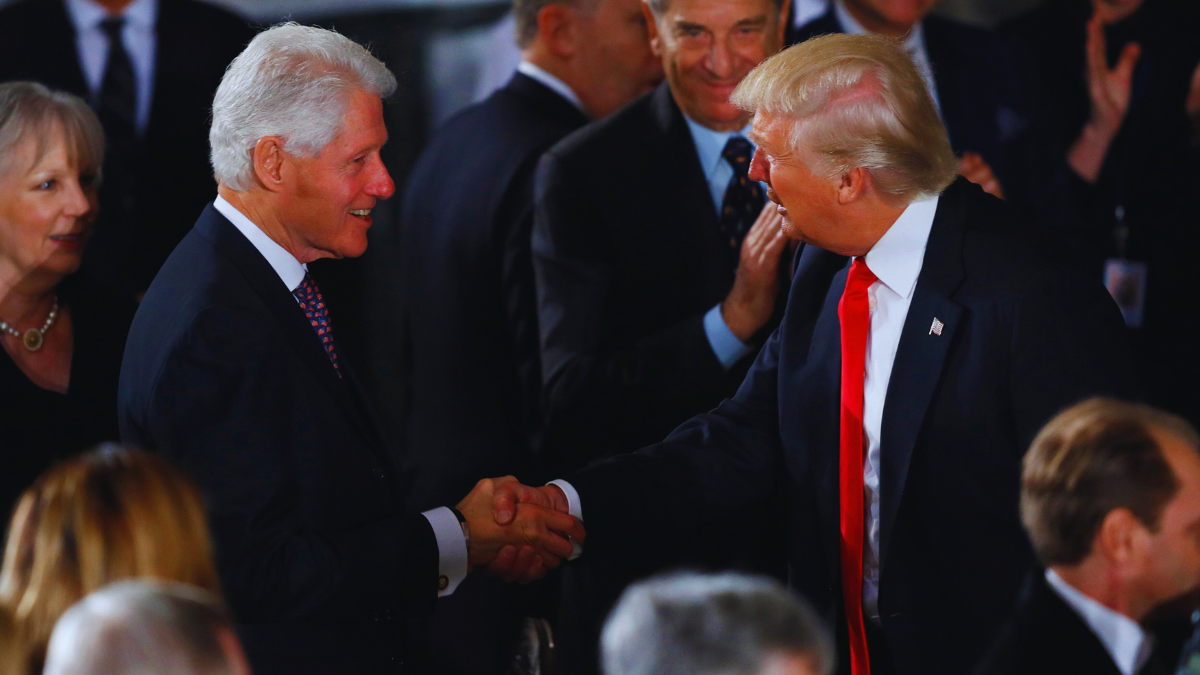
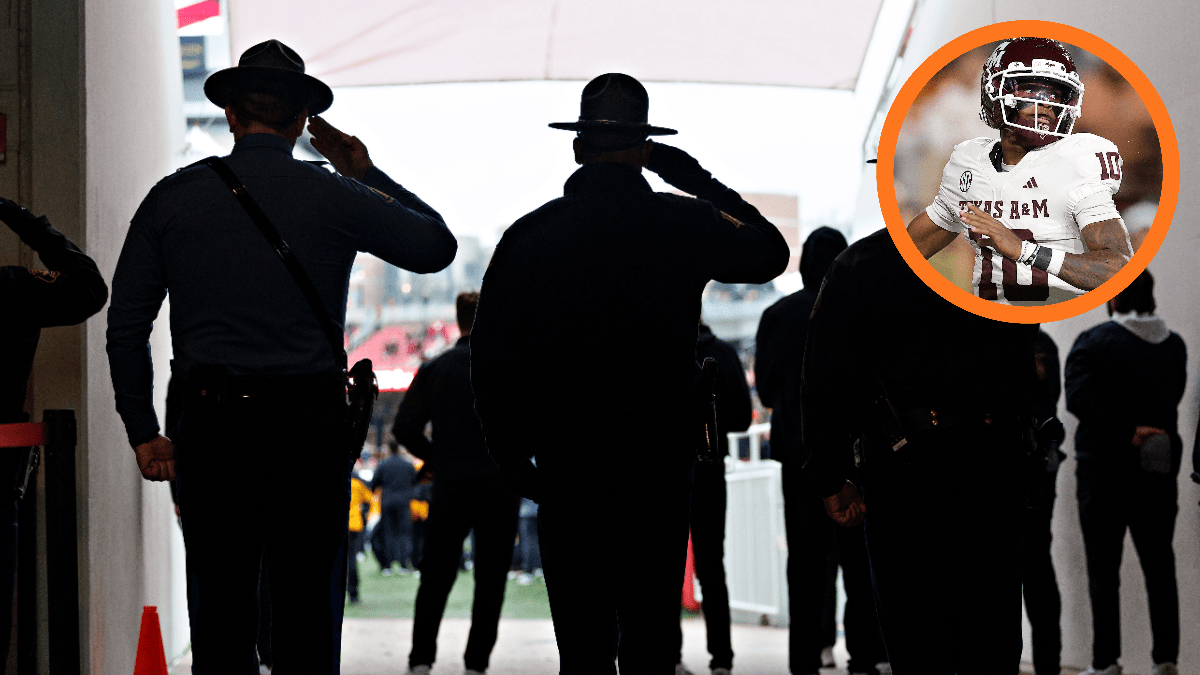




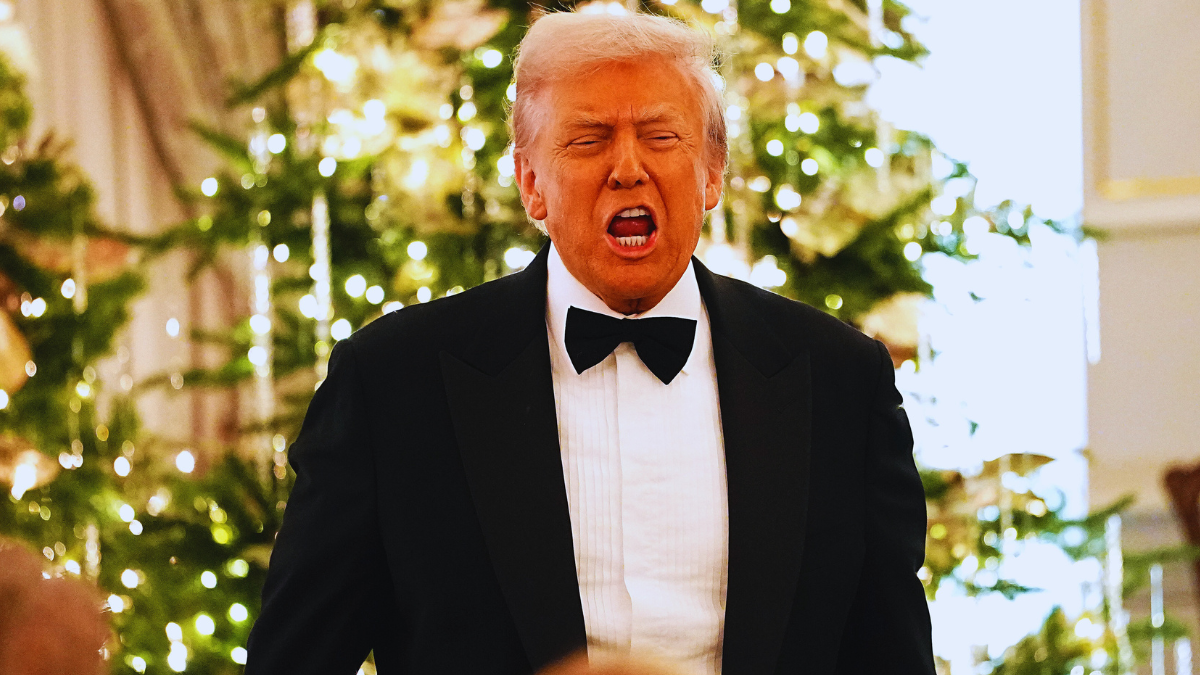
Published: Apr 26, 2024 01:03 pm